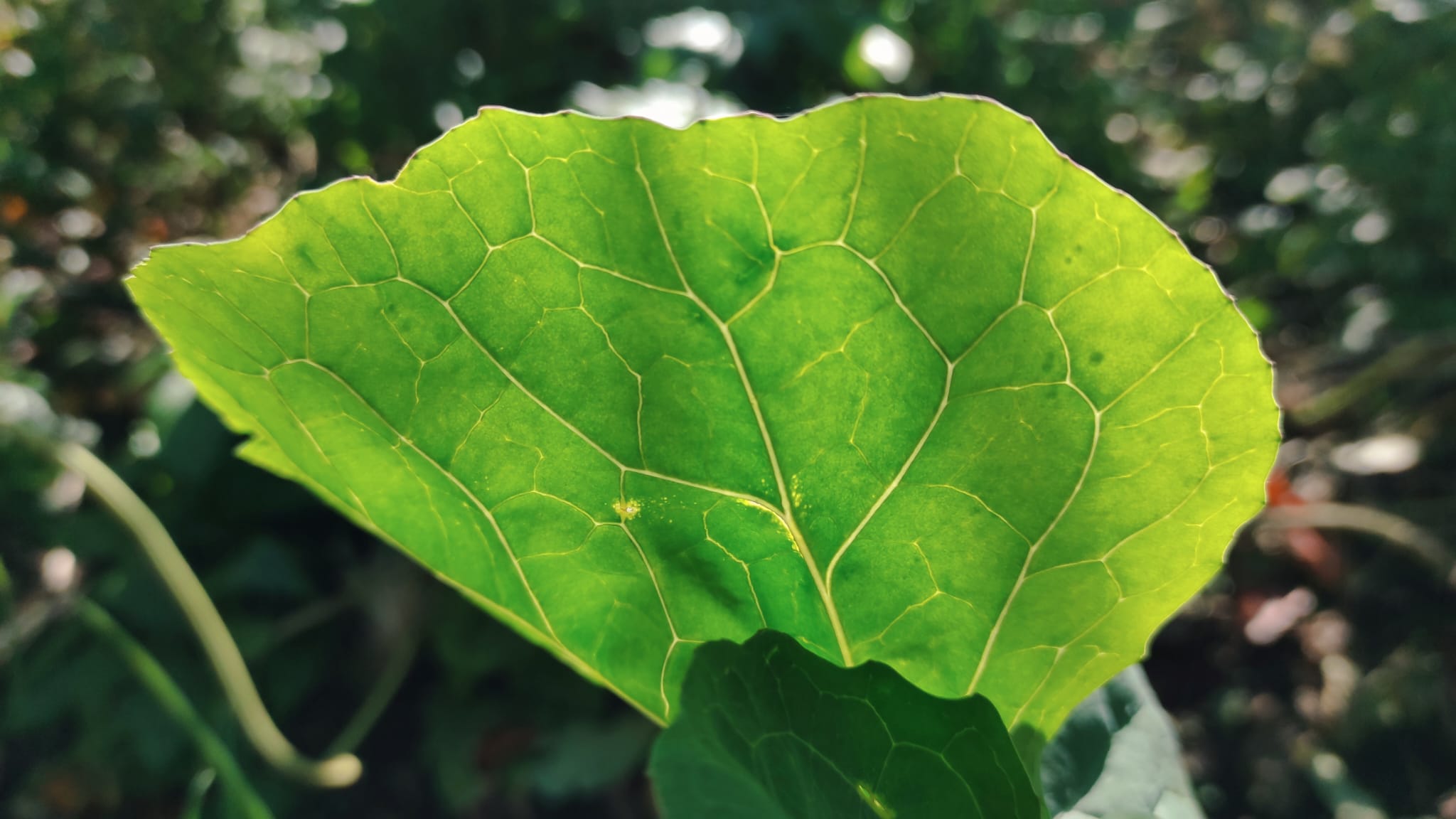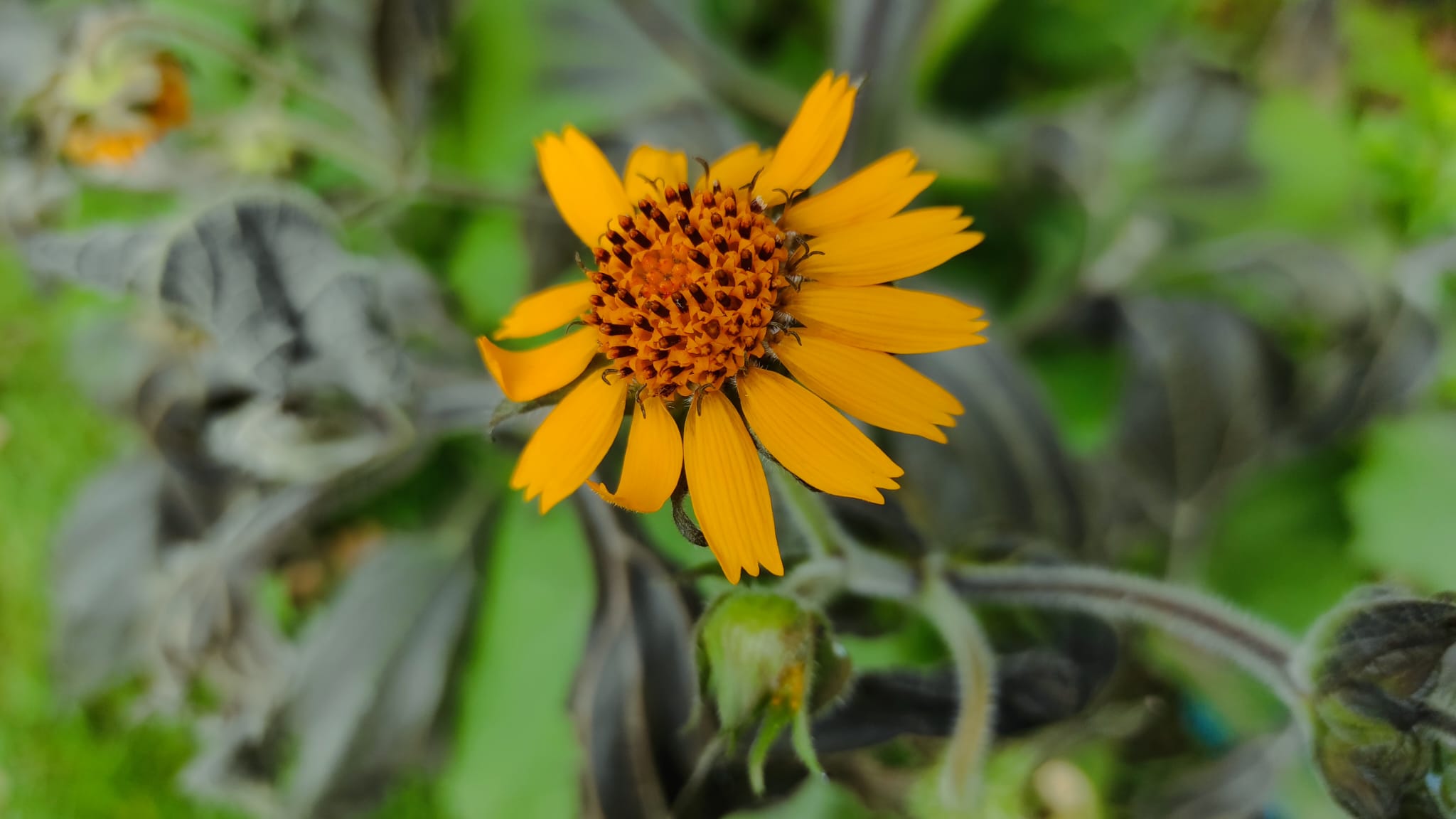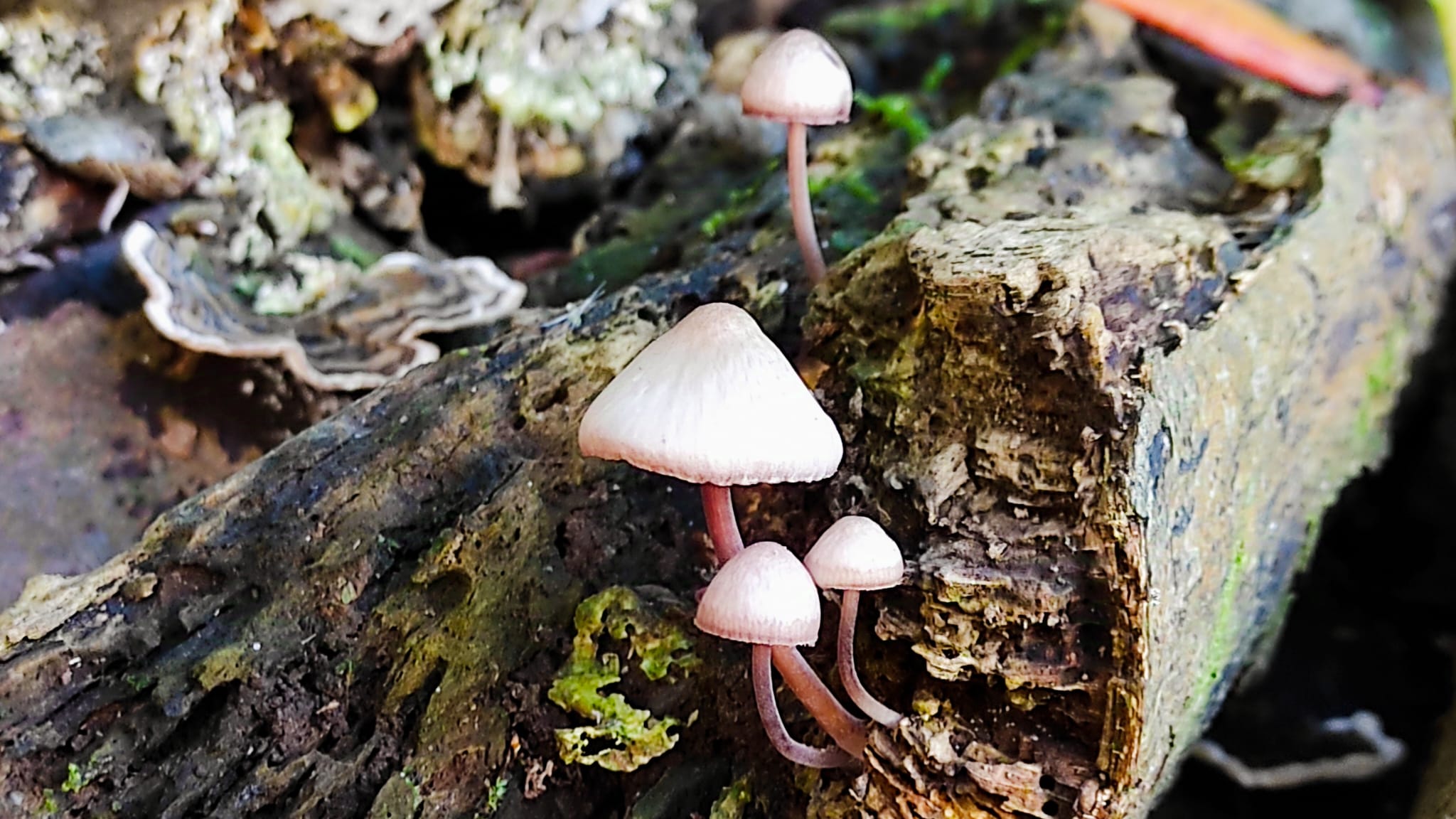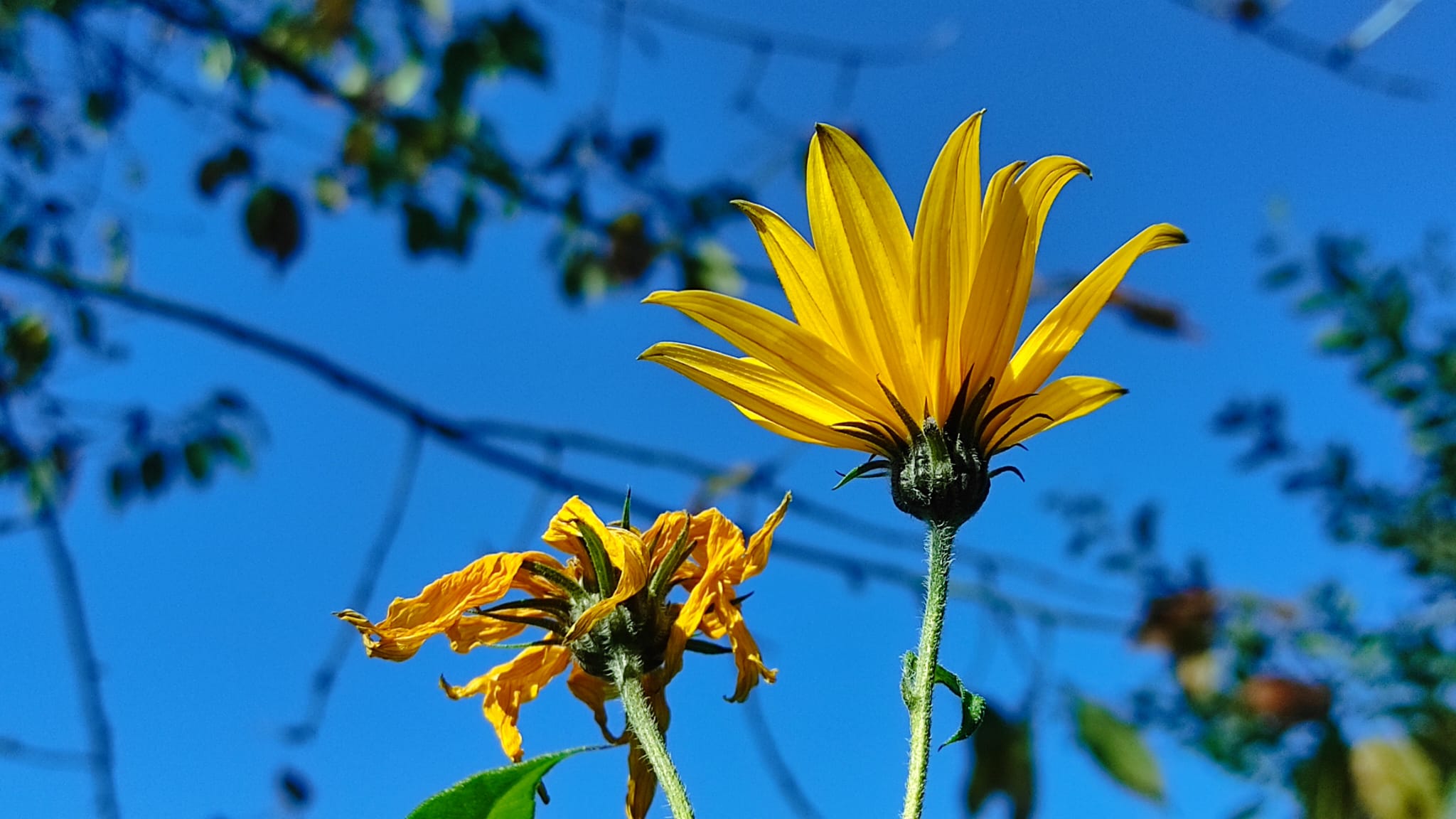The free Hope Garden workshops continued with a visit to Stephanie Hafferty’s Half Acre Homestead near Lampeter, where she showed the fully subscribed and assembled crowd a range of perennial and perennialised annual vegetables in her chokka garden.
Steph is a well known advocate of no-dig gardening, and also has a fine collection of perennial vegetables. The key point about vegetable growing is that it’s not an either or, it makes perfect sense to grow annual veg alongside the perennials. And there are also very many annual vegetables that can be eked out to last longer.

The annual vegetable area in Stephanie’s garden, with more sun
A couple of examples are putting a cross on the stalk when you harvest cabbages, to encourage a new cabbage or leaf growth, and cutting leeks above ground to for them to re-sprout, or let the bolt to form bulbils that will bend over and regrow.

Rhubarb growing on a no-dig hugelkultur bed
One of her favourite perennials is rhubarb, pictured is Timperley’s Early growing on a no-dig hugelkultur bed. This is a mound of turf, branches and twigs, not dug in a trench but mounded on bare ground. It’s good to have early, mid and late patches of rhubarb to extend the harvesting season.

Taunton Dean perennial kale, a firm favourite
Past the orchard were some kales, a favourite being Taunton Deane. This lasts for maybe 5 years, and is hardier than Daubenton’s Kale. Cuttings from leaf shoots are easy to take, and is good to have a back up to perpetuate the plants over the years. Another reliable pereninal kale is Asturian Cabbage (you can buy seeds from Real Seeds in Pembrokeshire), although this does have quite a bitter taste.

Sweet sugary crisp tubers. And nice flowers
Yacon (a species of daisy) has crunchy tubers. It’s frost sensitive, so keep the crown frost free and covered in compost over winter. The tubers can be eaten raw or cooked and are nice in winter salads.
What was striking was the emphasis on wildlife throughout the tour and workshop. Stephanie said at the beginning:
I’m obsessed with predators, I plant things for wasps
Common Figwort is one of those plants, which supports a whole host of invertebrates. This is exactly what the Hope Garden is about, supporting wildlife and a balanced ecosystem in a productive space used by people. What is particularly lovely is that the Figwort is not a very showy plant at all. But when you know which species it supports, your outlook changes and you really start to appreciate its beauty and its place in the ecosystem.

The Fungarium; every garden should have one!
And there was space everywhere for a diverse range of habitat and plants. Pictured is The Fungarium, carefully assembled by a mycologist under a garden rhodedendron! There were several different species of fungi and rotting wood, crawling with life.
